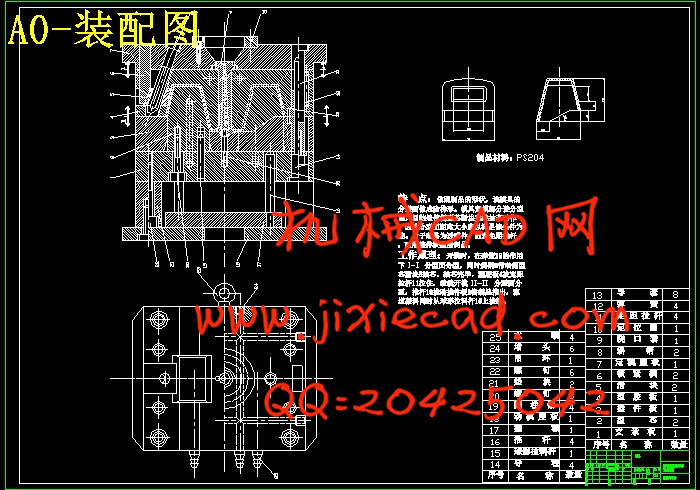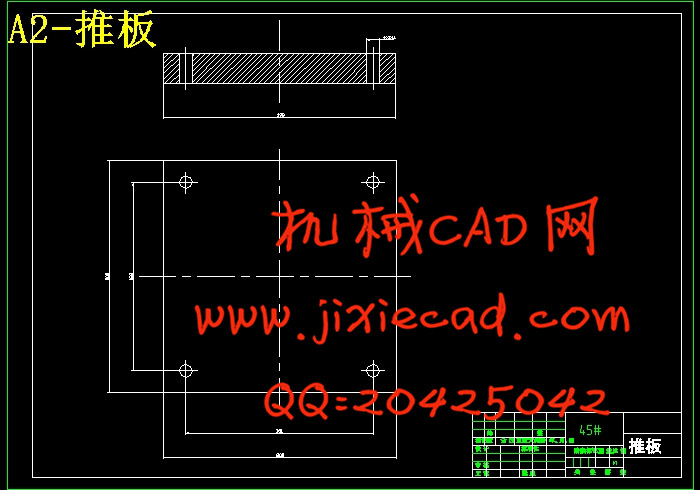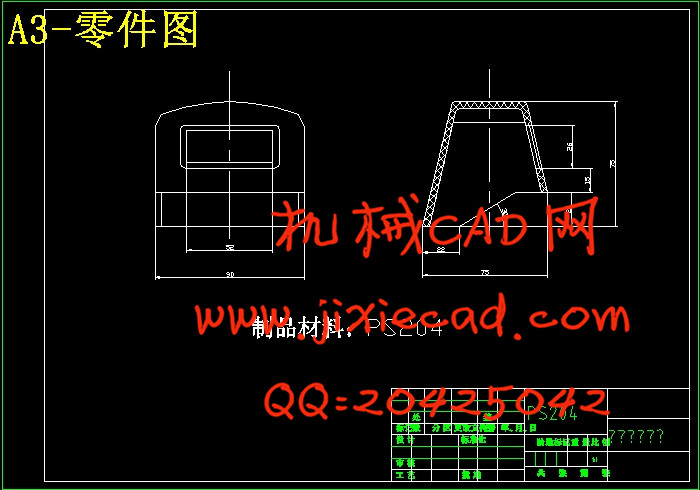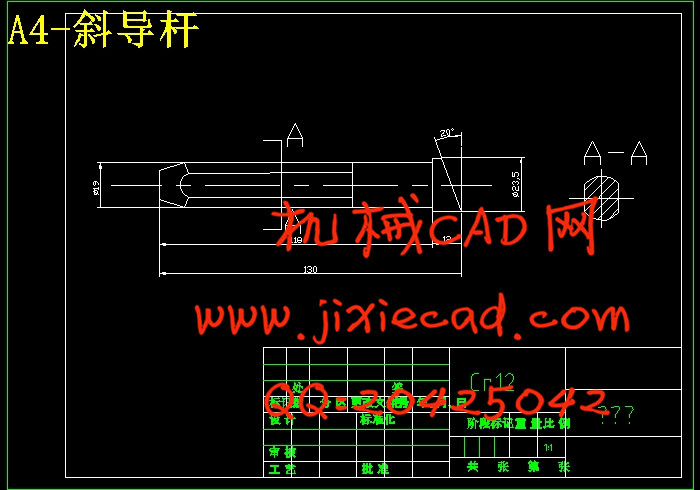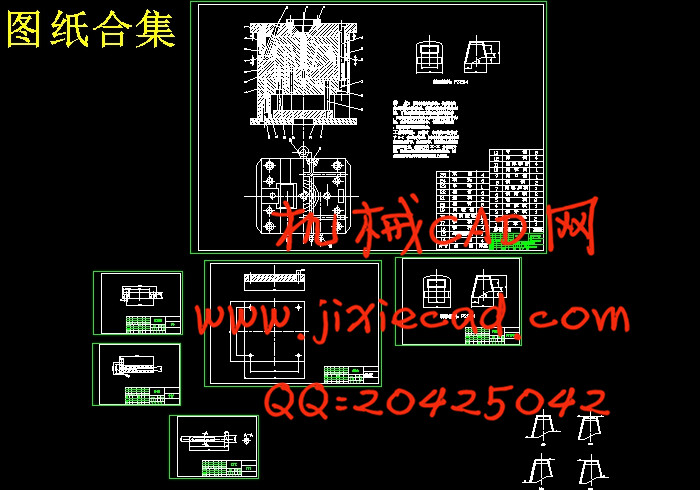设计简介
摘 要
塑料注塑成型可以制作大量具有高精度和复杂型腔形状的制件。通过用3D软件对塑件进行分析,选择成型工艺参数 ,设计了一模二腔的注射模具。按平均收缩率设计计算模具成型尺寸。分析了摩托车灯罩的结构工艺特点,介绍了摩托车灯罩注射模结构及模具的工作过程, 介绍了模具设计方案、工作原理, 阐述了成型部件、浇注系统凝料双层结构、顶出机构的设计特点。同时介绍了成型零件的加工制造的过程。关键词:注射模;凸模;型芯;斜导柱侧抽芯
Abstract
Plastic injection molding can produce a large quantity of high precision and complex cavity shape of the parts. By using 3D software for plastic parts for analysis, selection of forming process parameters, design of the mold two cavities injection mold. According to the average shrinkage calculation molding size. Analysis of the motorcycle lamp structure technological features, introduced the motorcycle lamp injection mold structure and working process of mold, introduced the mold design scheme, working principle, elaborated the molded parts, injection materials structure, ejecting mechanism design features. At the same time introduces the forming part of the manufacturing process.Key Words: injection mould; Raised mold;Core; Later parting Core with Angle Pin
目 录
摘 要 IAbstract II
目 录 III
第1章 绪 论 1
1.1 我国塑料模具工业的发展现状及特点 1
1.2 我国塑料模具工业和今后的主要发展方向 2
1.3 论文的主要研究目标及内容 3
1.3.1 设计目标 3
1.3.2 设计的主要内容 4
1.3.3 设计的关键技术问题 4
第2章 塑件分析与模具材料和注射机的选取 5
2.1塑件结构和技术要求的分析 5
2.1.1塑件结构分析 5
2.1.2塑件零件图技术要求分析 6
2.2 塑料材料的成型特性与工艺参数 6
2.2.1基本特性 6
2.2.2主要用途 6
2.2.3 成型特点 6
2.3 模具材料的选取及热处理 6
2.4 注射机的选取 7
第 3 章 确定模具的结构方案 9
3.1 确定塑件在模具中的位置和分型面位置 9
3.1.1 塑件在模具中的位置和分型面的方案确定 9
3.2 选择浇注系统与排溢系统的方式 11
3.2.1 浇注系统的设计和浇口的选择 11
3.2.2 排溢系统的设计 16
3.3 成型零件的结构设计 16
3.3.1 凹模 16
3.3.2凸模和型芯 18
3.4 合模导向机构设计 19
3.4.1导向机构的作用 19
3.4.2导柱导向机构 19
3.5 推出机构设计 20
3.5.1推杆推出机构 21
3.5.2推件板推出机构 22
3.5.3推出机构的导向与复位机构设计 22
3.6 侧向分型与抽芯机构设计 24
3.6.1两小孔的抽芯机构设计 25
3.7温度调节系统 26
3.7.1模具温度调节的重要性 26
3.7.2冷却系统的设计原则与冷却系统的结构 27
第 4 章 工作尺寸的计算和注射机的校核 28
4.1模架各零件的计算和选取 28
4.1.1腔板尺寸的计算 28
4.1.2型芯固定板尺寸的计算 30
4.1.3模架各板尺寸的选取与校核 31
4.2 注射机的校核 33
4.2.1校核锁模力: 33
4.2.2校核注射压力 34
4.2.3校核模具的闭合厚度 34
4.2.4校核最大开模行程 34
4.3 型腔、型心尺寸的计算 35
4.3.1型腔尺寸的计算 35
4.3.2型芯尺寸的计算 37
4.4 斜导柱和其它零件的尺寸计算 37
4.4.1斜导柱的计算与确定 37
4.4.2其它零件的计算 39
第5章 模具安装设计 42
5.1 模具的安装 42
5.1.1动模部分组装 42
5.1.2定模部分组装及总装配 42
5.2 模具的装配图 43
总结与展望 44
参考文献 45
致 谢 46


